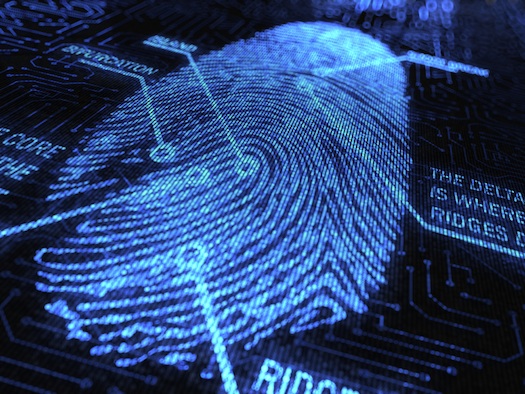

The legal profession has a term for the way juries regard forensic science–they call it the “CSI Effect.” Juries expect to see nothing less than DNA matching for even the most minor infractions. If the forensic evidence isn’t overwhelming, they will acquit, even in the face of reasonable doubt. Without question, the CSI and Law and Order franchises have reshaped the popular imagination by elevating science as the ultimate arbiter of truth. That, in and of itself, is good for science. What’s dangerous about the proposition, however, are the standards and lengths to which the television shows hold the science they portray.
While it’s undoubtedly important for people to know what’s fact and what’s fiction in crime scene investigation, here’s a look into just what the present day facts of forensics science entail (we’ll leave the fiction to the experts… in TV production, that is). In 2005, Congress tasked the National Academy of Sciences to survey the landscape of forensic science. The result, this past February, was a 255-page report. Here are a few of the surprising facts they found.








![Science Has Now Created Square Ice [Video]](https://www.popsci.com/wp-content/uploads/2019/03/18/MXJB5ZWEASBNLCAKMMIZO63HAQ.png?w=657)




